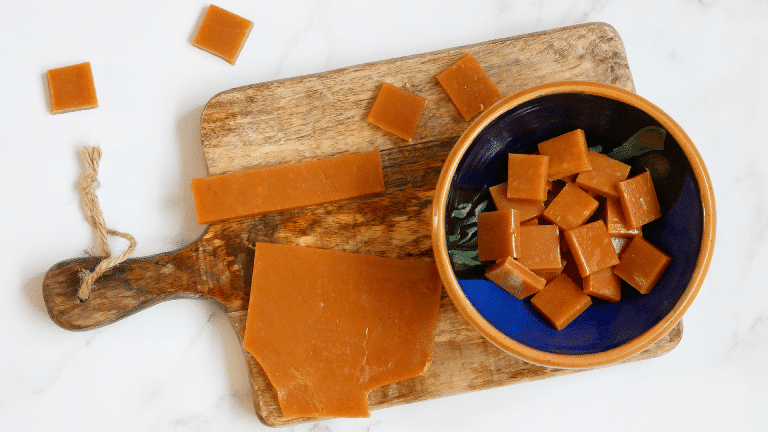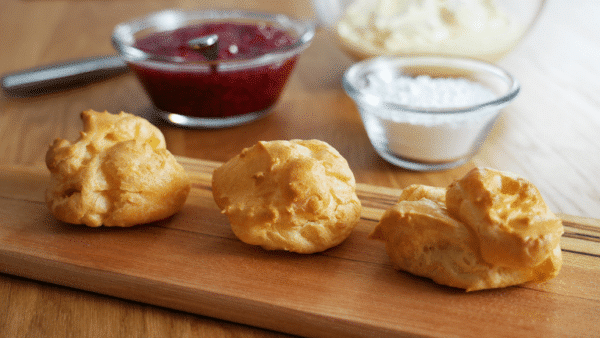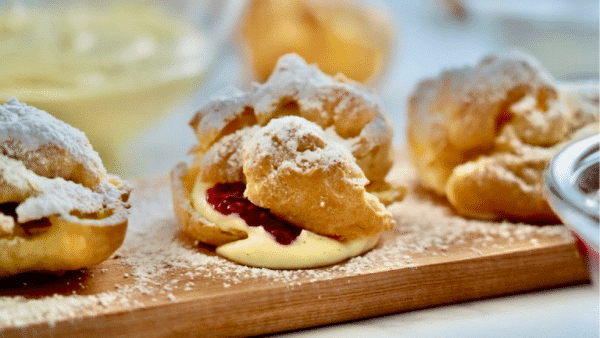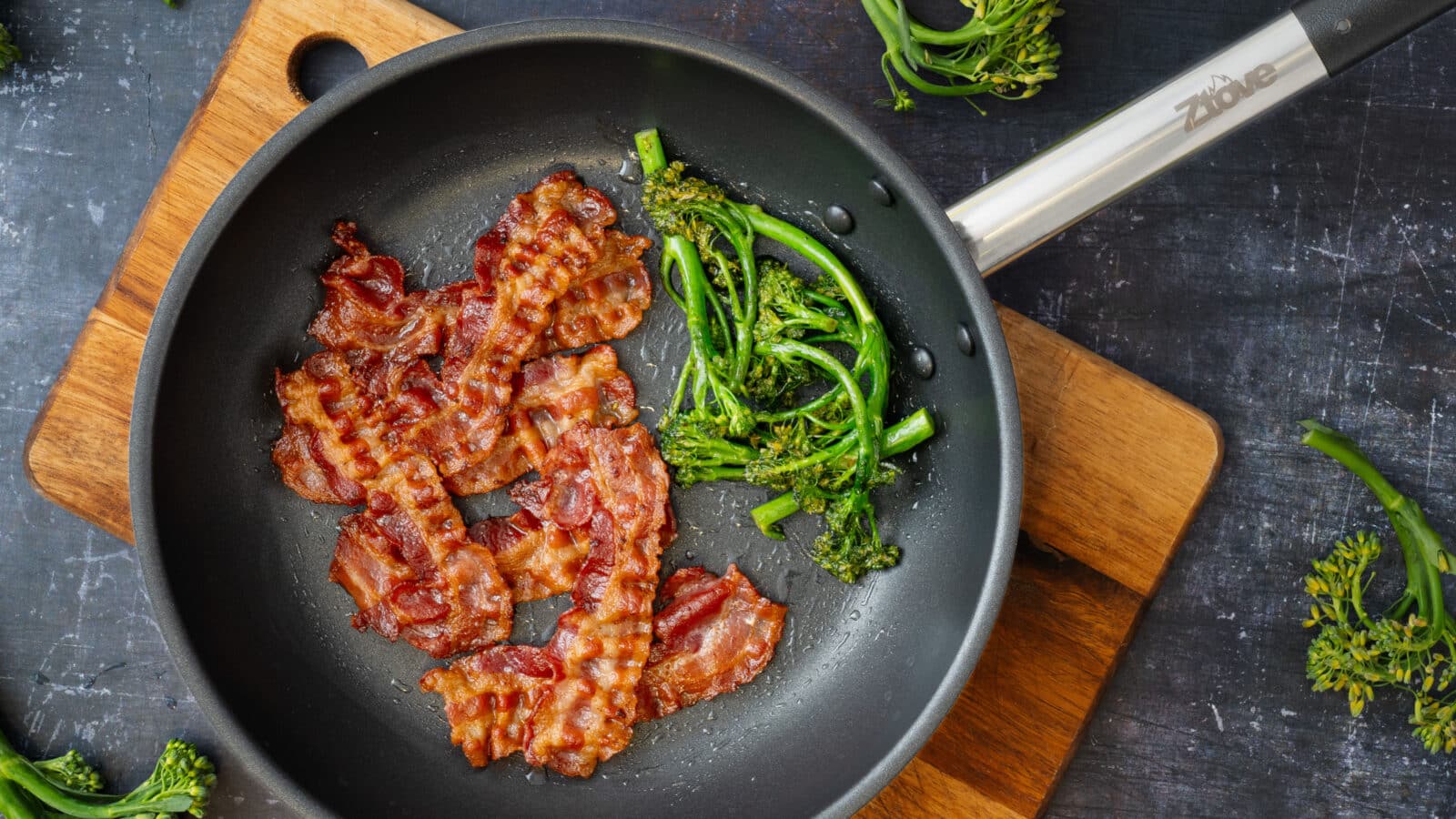
Homemade Caramels


When making homemade caramels, a thermometer is typically required to control their consistency. However, we’ve extensively tested and developed a caramel recipe that eliminates the need for a thermometer. You can now choose between soft caramels, chewy caramels , or hard toffee. Simply select the corresponding recipe program, and let Ztove control the temperature, ensuring perfect caramels without the use of a thermometer.
If you haven’t ventured into making homemade caramels, we highly recommend trying this recipe. Just a word of caution: they can be quite addictive.
Ingredients
Homemade Caramels
100 gram Butter
2 dl Heavy cream 38%
250 gram Sugar
1 dl Glucose syrup
1 pcs. Vanilla pod , the seeds
1.5 tsp. Flaky sea salt
Steps
Add all the ingredients to a pot
Add all the ingredients to a pot, excluding the salt. Choose the desired type of caramel, and start the corresponding program.Stir the mixture until it reaches a boiling point, forming a consistent mass that vigorously bubbles. Once the caramel is ready, add the salt and stir to incorporate.Pour the caramel into a mold lined with baking paper. For a quick set, place the caramel in the fridge. Alternatively, allow it to cool at room temperature for approximately 3 hours.The size of the mold determines the thickness of the caramels. We used a 29×20 cm mold; avoid choosing a larger one to prevent the caramels becoming too thin.If making the harder toffee caramels, then pour the caramel onto a baking sheet lined with baking paper and spread it as thinly as possible. Keep in mind that hard caramels should not be too thick as they will end up quite hard.
Make soft caramels
These caramels are quite soft and might be a tad sticky on your teeth, but they offer a delicious and enjoyable eating experience.At room temperature, they maintain their shape when undisturbed, but you can effortlessly press them together with your fingers. However, if stacked or placed on top of each other, they tend to fuse into a compact cluster that can be challenging to separate. For this reason, it’s recommended to individually wrap the finished caramels in caramel wrapping paper.If you want to make soft caramels, use this program.
Make medium hard caramels
These caramels closely resemble store-bought varieties. Initially firm when bitten, they transform into a soft and chewy texture after a short time. Theese caramels offer the perfect compromise between easy to store and easy to chew.The caramels can be left on top of each other overnight without sticking together. While they might stick together slightly and require a gentle separation, it’s advisable to store them in a single layer or individually wrapped in caramel paper.If you want to make medium-hard chewy caramels, use this program.
Make hard toffee caramels
These caramels or toffees develop a very hard and crunchy texture. If you make them too thick, they are almost better suited for sucking rather than chewing, but if they are thin enough, they can be chewed.Characterized by a slightly sticky surface and a firm consistency—although not as hard as other caramels—they are easier to store. However, their hardness can make cutting challenging, so breaking or smashing them into smaller pieces is easier to do.If you want to make hard and crunchy toffee caramels, use this program.
Notes
When cutting the caramels, a slow and deliberate pace is recommended. Faster cutting may lead to a harder caramel mass. It’s also a good idea to put a little oil on your knife, to avoid sticking.
The flaky salt and vanilla can both be omitted, but it’s preferable to skip the salt rather than vanilla. Vanilla seeds can be substituted with 1 tsp. vanilla extract, vanilla paste, or vanilla sugar.
Some recipes advocate using regular syrup in place of glucose syrup, but this substitution can result in sugar crystallization, yielding gritty caramels.
Certain recipes rely solely on cream, while others, like this one, use a combination of cream and butter. The primary distinction lies in the boiling time required to achieve the desired firmness, given that cream contains more water to evaporate than butter. Nevertheless, the taste and consistency of both types of recipes are nearly identical.













